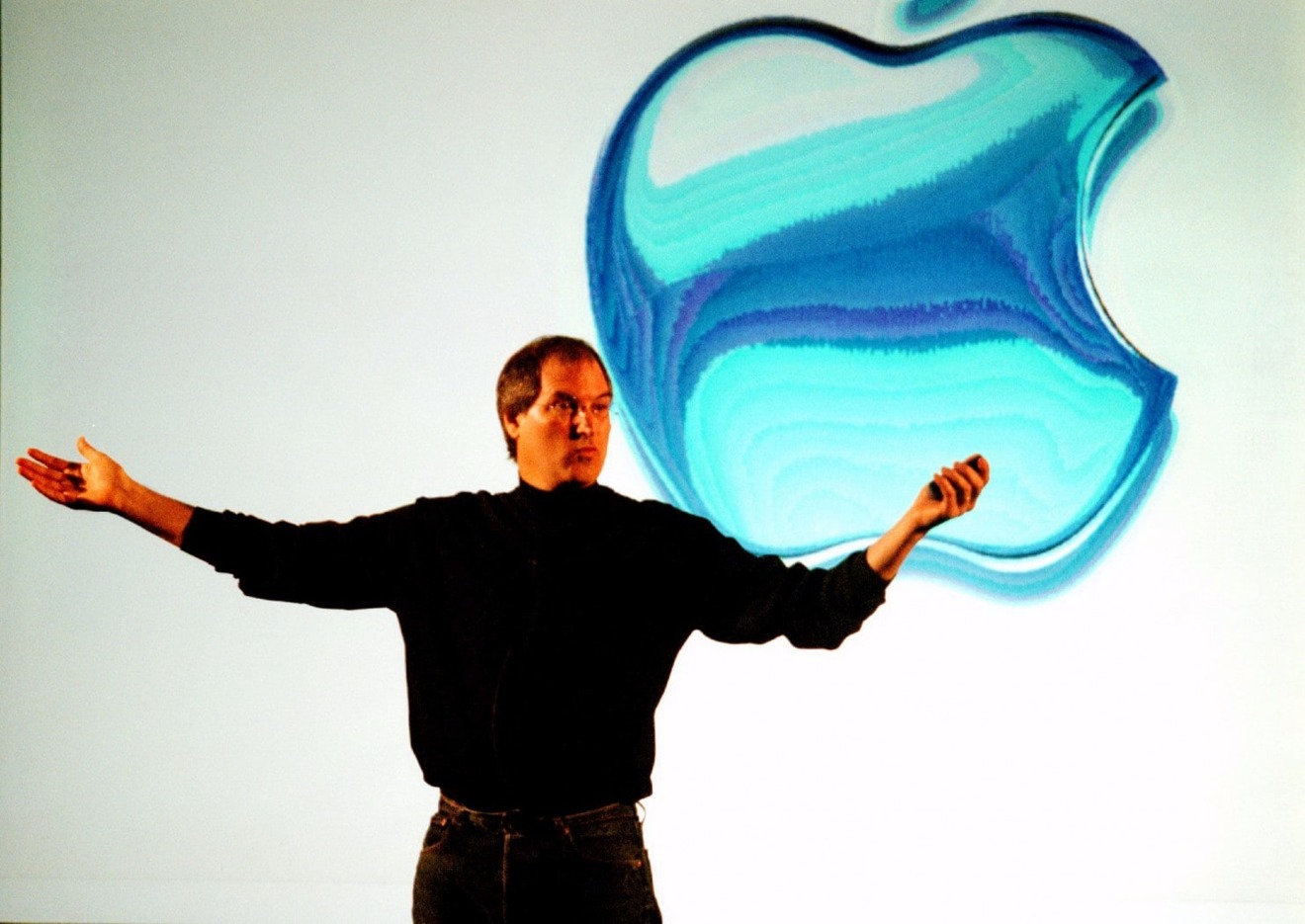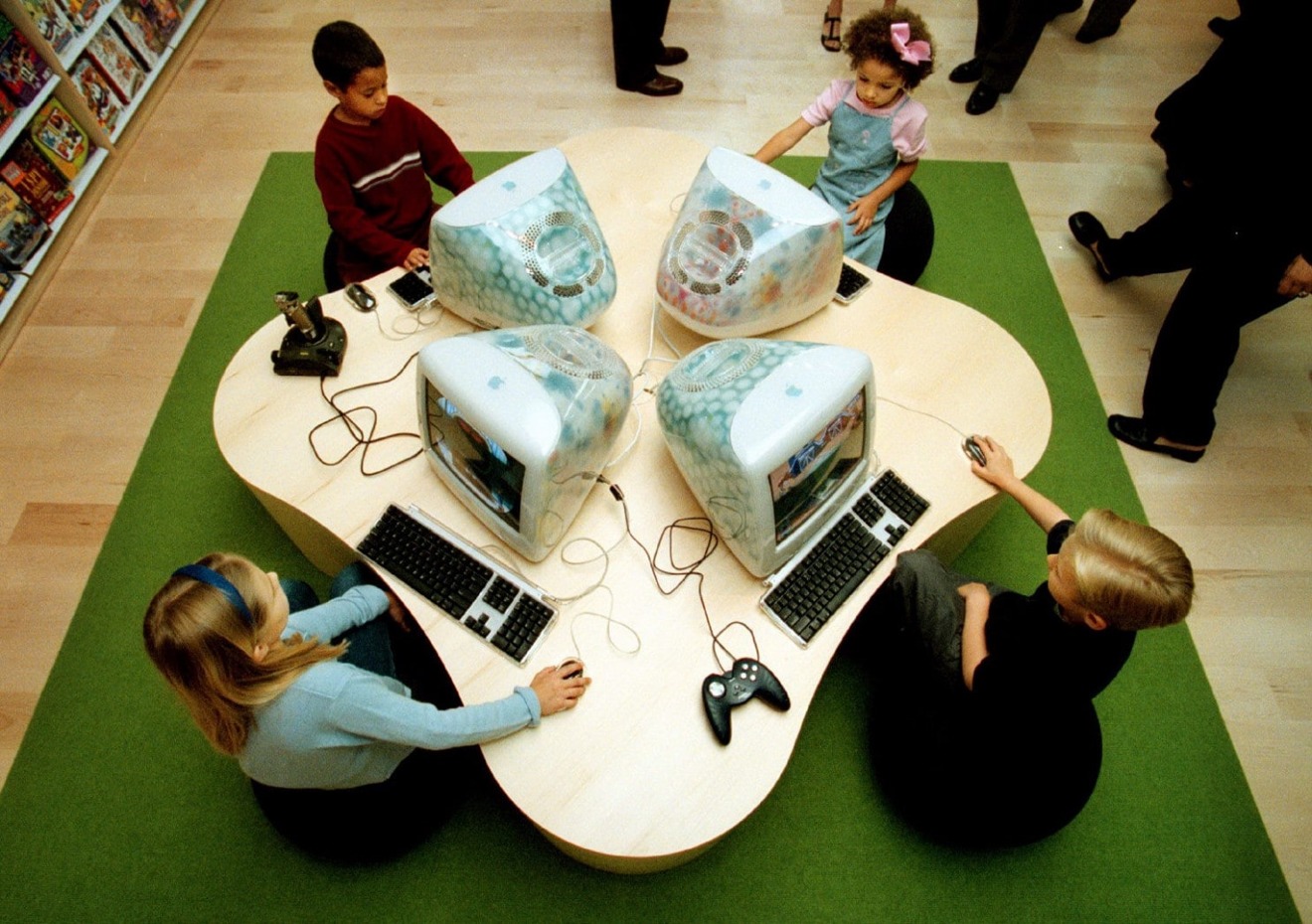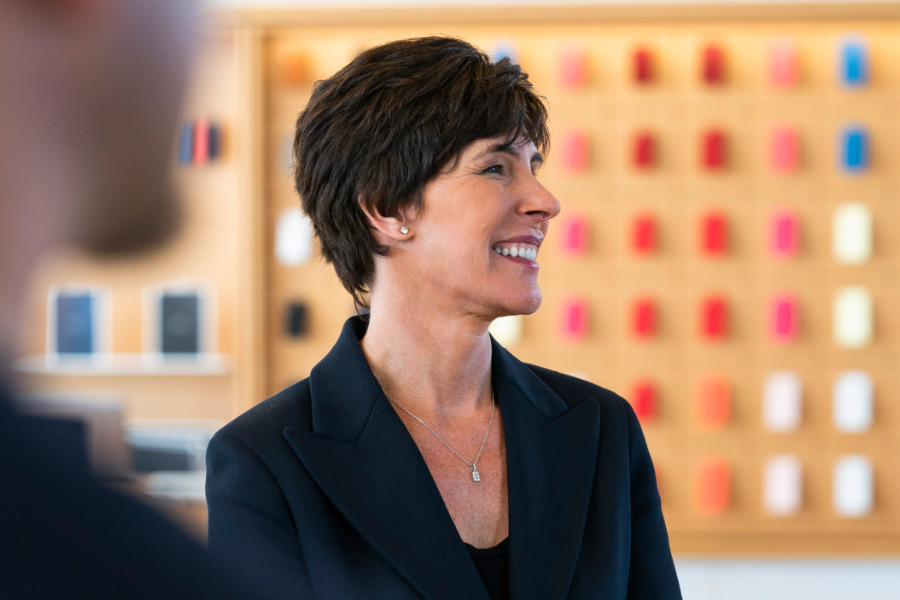Twenty years ago on May 19, 2001, the very first Apple Stores were opened, changing not only how customers would buy Apple hardware and get service for purchases, but also alter brick-and-mortar retail forever.
“This is our store,” Steve Jobs said, as he introduced the Apple Store for the first time. He did it in a video launch on May 15, 2001, just ahead of the first-ever Apple Stores opening the following Saturday. The Apple Store, Apple’s first foray into its own retail stores, opened its first two locations on May 19, 2001, in Glendale, Calif. and then in Tysons Corner, Virginia. One AppleInsider staffer was present for the opening of the latter store.
In the two decades since, the Apple Store has grown to more than 500 stores in over 20 countries. It surged in growth during very difficult times for the retail sector as a whole, including in the consumer electronics space. And even the coronavirus hasn’t seen Apple Stores going out of business the way so many others have — including Microsoft.

Before the Apple Store
Throughout the 1990s, Apple computers were sold in a combination of chain stores and authorized Apple retailers. Support for customers from the big-box stores was iffy, and related to how often Apple representatives and then later contractors visited, to keep the staff in line.
Starting in 1997, Apple migrated to a “store within a store” concept that it agreed to with CompUSA, shortly after Jobs’ return to the company.
At the same time, Apple pulled its products out of most non-CompUSA big box retailers, at a time when Dell was Apple’s main competitor and Apple was preparing to launch the original iMac. Apple also revamped its online store.
Jobs decided to open Apple-branded retail stores, and hired executive Ron Johnson, formerly of Target, to run them in early 2000.
The first stores
On May 15, 2001, Apple announced that it would open 25 retail stores that year, including its first two that Saturday.
The first stores, as explained by Jobs in his introductory video, were to feature such products in the front section as iMacs and iBooks, as well as the then-new PowerBook G4 Titanium and Power Macs. The iPod, however, would not be released for another five months, and of course it would be six years before the iPhone showed up.

Children using the Flower Power iMacs at Tyson’s Corner, the day it opened
Also featured in the store were music, movies, photos and a kids section, as well as non-Apple digital cameras and camcorders. There was also a great deal of boxed software. Even as Apple changed bricks-and-mortar retail, it was radically changing how software was sold, to the point where boxed applications seem peculiar now.
Another initial selling point that is still around in some form, though, is the original incarnation of the Genius Bar, which back then featured pictures of Albert Einstein and other famous geniuses who had been included in Apple’s “Think Different” ads of the time. Jobs positioned the in-store “geniuses” as people who were able to answer customers’ questions — and if they couldn’t, there was a landline to someone in Cupertino who could.
More than 500 fans lined up at the Tysons store starting at pre-dawn that first day. Over the weekend, Tysons and Glendale hosted over 7500 visitors, and sold a combined $599,000 in products over the first two days.
The Apple Store was an immediate success, but it wasn’t as if Apple was the first company to try it. Apple was just the first company to do it right. Dell and Gateway both tiptoed into retail before Apple got to it, for instance, but both of their efforts faded quickly.
Sustained success

The Apple Store’s success has never really abated. Its first urban flagship, on Chicago’s Magnificent Mile, opened in 2003, with the first international Apple Store arriving in Ginza, Tokyo, Japan, later that year. Five years to the day after the first two stores, in 2006, Apple opened its iconic “cube” location on Fifth Avenue in New York.
While the number of Apple Stores worldwide crossed 500 with its first location in Korea, which opened in 2018, the originals haven’t been forgotten. The store Apple designated number one in Glendale, remains a popular site for fan pilgrimages. But store number two — Tyson’s — was still the first to open.
Hard times
While Apple steadily opened more and more Apple Stores around the world after the first US ones in 2001, it also shut them all in 2020. For months, stores across the globe were closed because of the coronavirus, and only slowly reopened — before sometimes having to close again.
China was the first to see Apple Stores reopening, then later parts of Europe, and next selected ones in the US. At each, there were reduced opening hours, and the whole atmosphere changed as they implemented social distancing and healthcare procedures.
Notably, Apple paid its retail staff during the shut down. It’s easy to regard Apple as having limitless funds because it is the biggest company in the world, but when news of this broke, it had been paying the wages of staff for over 500 stores for two months.

Deirdre O’Brien (Source: Apple)
The company also sent care packages to some employees in the early days of the pandemic, and it also kept every one of them clearly updated with what was happening and what Apple was doing.
In a time when other companies were at best furloughing employees and at worst making massive redundancies, Apple’s approach to its Apple Store staff was genuinely praiseworthy.
So too, in a different way, was Apple’s balancing of retail and online selling. Right from the start, it was selling boxed software in stores but planning to move applications online.
Then since Angela Ahrendts was running retail and now that Deirdre O’Brien is, the company has managed to keep both its physical and its online stores busy. That will be how Apple was able to keep on selling well even during the lockdowns around the world.
But it is also how it was able to help the millions of people who were suddenly forced to work from home. Even if they couldn’t pop out to a local Apple Store, they could order online and get contact-free delivery.
Steve Jobs could not have anticipated the coronavirus pandemic back in 2001, but the steps he took right then with Ron Johnson meant that Apple Stores today can continue to survive even under such pressures.

0 Comments